Data has become ubiquitous in our digitally-advancing world. Gaining momentum in early-2000, ‘Big Data’ refers to the huge amounts of data that is available to a business. Big Data is defined by Doug Laney’s three V’s; Volume, Velocity, and Variety. The scale of this data is so enormous that it is almost impossible to access and process through traditional means. Big Data Analytics is a term used to describe such vast datasets.
A Big Data Framework, then, is a structure that businesses employ to develop and expand on the data it retrieves. It offers an organized approach to data handling, and frameworks are malleable to the organization’s needs (regardless of its use of technology, specialization, or tools). It provides a space for consistency through a common reference model, and in its ability to apply deep learning, can identify ways that an organization can evolve and develop successfully over time.
Ultimately, the importance of Big Data isn’t about owning vast amounts of information, but rather how the information is used to accomplish economical benefits, time-efficiency, optimized product development, and a smarter approach to all-round processes and quality checks. Big Data coupled with analytic tools allows businesses to accomplish specific business needs, for example, the ability to identify potential fraudulent behavior, or root causes of failures or defects. It even has the power to generate coupons based on customer’s buying habits. Big Data is an incredibly powerful business tool, and a framework provides a space for the data to work.
Big Data Framework Structure
The structure of a Big Data Framework is combined between six core capabilities, each bolstering the structural integrity of the whole. This holistic approach to the structuring process of a Big Data Framework ensures that attention is spread evenly across each element. These six core capabilities are;
● Big Data Strategy
● Big Data Architecture
● Big Data Algorithms
● Big Data Processes
● Big Data Functions
● Artificial Intelligence (AI)
Frameworks Depending On Project Needs
While a framework is adaptable, it’s important to recognize the best approach to accomplish business needs. While this doesn’t necessarily mean that one framework will do the trick, two or more will set you up nicely. Here are the most popular:
Hadoop
The Hadoop framework is easy-to-use, and has the capacity to store and distribute massive datasets in real-time. It was originally designed for massive scalability. It is cost-effective, fast (via its unique cluster-style storage method), and flexible. It is an open-source batch processing framework, and operates under the premise that hardware will fail. It is effective for its ability to supply a massive storage area for a variety of datasets, meanwhile, offering the processing power to handle tasks simultaneously.
Apache Spark
The Apache Spark framework is more of a hybrid. While it is similar in its approach to data storage, it is also the leading SQL platform for batch processing, stream processing, and machine learning (machine learning is one of the primary attributes of Spark). It can distribute data sets of varying sizes across a multi-computer network single handedly or alongside alternative distributing tools, and at lightning speeds. Its ability to harness machine-learning, and to be operational from a single machine makes Spark such an effective framework.
Apache Storm
Another example of an open-source framework, but one that delivers real-time stream processing. Apache Storm is versatile in the way it can be used with any programming language. It is also a framework that transforms data using a topology model; it demystifies small and discrete operations into useable data. Rather than batch processing, Apache Storm offers a reliable and unbounded stream approach to data processing. Easy to set up and operate, the addition of fault tolerance, high-speed reactivity, and scalability are additional bonuses of Apache Storm.
Samza
Like Storm, Samza delivers and processes data in real-time, therefore, through continuous computation and output (as opposed to batch processing), provides a framework for stateful applications, fault tolerance, and resource management. This multitasking framework offers distributed stream processing with limited disruption to original streams. It is also incredibly agile when working in tandem with alternative frameworks.
Flink
Flink could be considered the perfect all-rounder as an open-source hybrid framework that accommodates both stream processes and batch tasks. Written in Java and Scala, Flink offers users the ability to fuse batch and stream data processing. The Flink framework allows users to create programs written in Java, Scala, Python, and SQL. The stream processing model employed by Flink includes immutable streams, the ability to layer operator functions (to create other streams), sources as entry points for streams, and sinks – as an area for streams to flow out of the system. This allows users a high throughput and fault tolerance. Flink’s downfall is that it does not offer a dedicated storage system, however, the silver lining is its compatibility with Hadoop.
Discovering Your Ideal Big Data Framework
While each framework presents a fantastic solution to certain requirements, oftentimes it makes most sense to use two or more in conjunction. This way, you reap the advantages of different Big Data frameworks. However, it’s important to note that there are varying costs associated with different frameworks. Ensure the one you employ reflects the goals of the business. It could even be a good time investment to play with a couple of frameworks to see which is the best fit. In any case, the Big Data framework/s a business implements should be considered an investment for all the potential returns it guarantees to deliver.

